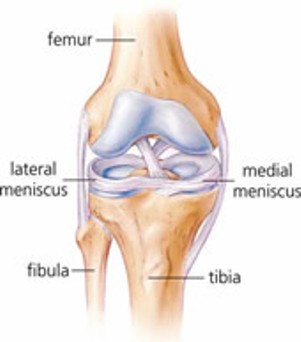Understanding the Tendinopathy Continuum
Here is a an excellent presentation of the Tendinopathy continuum that I wanted to share with you!
Here is a an excellent presentation of the Tendinopathy continuum that I wanted to share with you!
 With the Standard Chartered Singapore Marathon fast approaching, this is usually around the time we start to see injuries trickle into the clinic, where people are madly ramping up their mileage each week to ensure they are on target with their training plan or catching up for lost time and simply haven’t had the chance to train as planned.
With the Standard Chartered Singapore Marathon fast approaching, this is usually around the time we start to see injuries trickle into the clinic, where people are madly ramping up their mileage each week to ensure they are on target with their training plan or catching up for lost time and simply haven’t had the chance to train as planned.
With several other running events across Asia which happen all year round, here are some handy hints for distance running, injury prevention and enhancing performance.
 Each meniscus is divided into three sections the anterior horn, the body, and the posterior horn.
Each meniscus is divided into three sections the anterior horn, the body, and the posterior horn.
The meniscus is then further classified into thirds , being the outer third, middle third and inner third.
When describing meniscal tears, especially based on MRI findings and/or arthroscopic findings, they will usually make reference to the following descriptions:
LOCATION: The tear may be located in the anterior horn, body or posterior horn of the meniscus and may not be exclusive to one area but cross two or three areas. Tears are most common in the posterior horn.
It will then be classified further into which third the tear is located – the outer third, middle third or inner third. Once again the tear may cross over more than one third. This classification is important as will assist in determining the ability of the tear to heal since the blood supply is critical in the healing process, hence tears in the outer third have the best chance of healing.
 The knee joint is made up of three bones, the femur (thigh bone), the tibia (shin bone) and the patella (knee cap). The knee joint is a hinge joint allowing two principal actions flexion (bending) and extension (straightening). The meniscus is “C shaped” discs made of tough cartilage called fibrocartilage. They are located on the tibial plateau (top surface of the tibia) between the tibia (shin bone) and the femur (thigh bone).
The knee joint is made up of three bones, the femur (thigh bone), the tibia (shin bone) and the patella (knee cap). The knee joint is a hinge joint allowing two principal actions flexion (bending) and extension (straightening). The meniscus is “C shaped” discs made of tough cartilage called fibrocartilage. They are located on the tibial plateau (top surface of the tibia) between the tibia (shin bone) and the femur (thigh bone).
There is a lateral meniscus which is located on the outside of the knee joint, and a medial meniscus located on the inside of the knee joint. The meniscus plays a role in joint stability by creating a cup for the femur to sit in, and also act as a shock absorber for the knee by spreading compression forces from the femur over a wider area on the tibia. This function helps to protect the underlying joint surface cartilage that lines the bone surfaces from wearing out and developing degenerative arthritis.
 Not only does the beach offer a change in scenery, relaxation, and a potential source of motivation for training, it also offers a change in surface that is lower in impact and ground reaction forces. This change in surface can be beneficial for people with bony impact related injuries or for people who train frequently on a hard track and want to mix up their training load with a lighter impact session. Read more
Not only does the beach offer a change in scenery, relaxation, and a potential source of motivation for training, it also offers a change in surface that is lower in impact and ground reaction forces. This change in surface can be beneficial for people with bony impact related injuries or for people who train frequently on a hard track and want to mix up their training load with a lighter impact session. Read more
 Ankle sprains can often lead to chronic knee pain such as patellofemoral (kneecap) pain, jumper’s knee, runner’s knee.
Ankle sprains can often lead to chronic knee pain such as patellofemoral (kneecap) pain, jumper’s knee, runner’s knee.
Ankle sprains can alter ankle joint mechanics and cause reduced ankle movement (particularly dorsiflexion of the ankle). This reduction in ankle dorsiflexion causes increased valgus movement on the knee in functional tasks/ sports. Read more